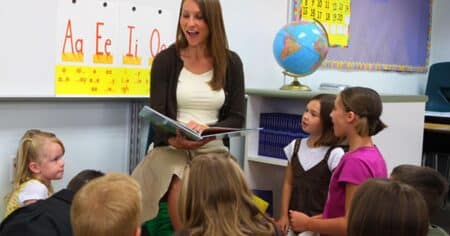
Making Meaning Student Response Book
The Making Meaning Student Response Book asks students to reflect on the story of Marlene and her efforts to help Lizzie. The teacher prompts students to use examples from the book to support their responses. After reading the story, students write a paragraph comparing Marlene to Manuel Araiza. They do a Think-Pair-Share before writing. The book encourages students to discuss the text with one another. The teacher explains that the Making-Meaning-Sentence approach may not be appropriate for all readers.
Students must also develop the skill of writing about what they read. The response book must include a clear explanation of the author’s style, and they must write at least one paragraph for each chapter. If they do not write a paragraph for each chapter, they are missing a crucial part of the process. The reader’s essay should be brief and direct, not too long. The student should write in a professional style, avoiding jargon and avoiding exaggeration.
The Making-Meaning Student Response Book is based
Research from the National Research Center on Literature Teaching and Learning. The project funded by the Department of Education and administered by the OERI, which not affiliated with the Department of Education. The book is not an endorsement or recommendation of any specific author or work. The responses should be the product of the students’ own experiences, based on their understanding of the text.
The Making-Meaning Student Response Book has several advantages over the previous model. The main advantage is that it promotes a response-based approach. This approach is particularly effective for reading literature with low-income students. The project provides guidelines to educators for the use of the Making-Meaning Student Response Book. It not intended to replace traditional methods of instruction, but rather to provide a comprehensive framework for the use of these strategies.
Despite the numerous benefits of the Making-Meaning Student Response Book, many teachers not convinced of its effectiveness. While it contains many of the same elements as its counterparts, it limited in its capacity to promote debate and encourage students to develop new understandings. The Making-Meaning Student Response Book does not allow students to engage in a discussion about the text they are reading. Nonetheless, it does allow students to explore the meaning of the text and make their own choices about its contents.
The project aims to
Foster response-based instruction and to improve learning outcomes. Its general guidelines and practices were developed by responding to literature. Moreover, the results were integrated into a set of instructional strategies, which teachers can apply in the classroom. These strategies should used in the planning of lessons. However, students may find the responses to be useful for other purposes. So, the research-based Making Meaning Student Response Book should not discarded unless it is truly beneficial to the learners.
The Making-Meaning Student Response Book should used by students for the purpose of enhancing literacy. The responses should be related to the text and to the author. They should provide a sense of the author and the meaning of the text. The responses should be categorized as “in-text” or “explanatory.” They should be linked with a meaningful context. They should also be organized into categories. During the making-Meaning Process, students should not write sentences about topics they did not understand.
The Making-Meaning Student Response Book is a critical tool to improve students’ reading and writing skills. Its design allows them to respond to a text using the language they have learned. As a result, they will be more likely to write in an informed and thoughtful manner. The response book should also help them develop the ability to make connections between texts and concepts. In this way, they will be more likely to develop deeper understandings of texts and literature.
The Making-Meaning Student Response Book designed to help students create meaning. It is a reflection of the reader’s perspective and an attempt to find meaning in texts. It is a valuable tool that helps them build understandings and connections. You’ll be able to use it in class to guide your class.

